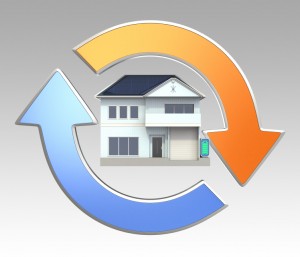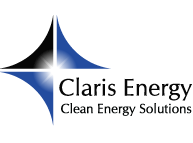 Various stimuli increase the attractiveness of energy efficient improvements and construction projects. Though some of the possibilities have already expired, it’s still possible to benefit from an opportunity to lower your taxes as a result of an energy efficiency investment.
Various stimuli increase the attractiveness of energy efficient improvements and construction projects. Though some of the possibilities have already expired, it’s still possible to benefit from an opportunity to lower your taxes as a result of an energy efficiency investment.
The energy efficient home credit is one of the popular possibilities for lowering the tax amount. It’s not the only possibility out there and the following article will acquaint you with the types of projects you can execute and benefit from a tax decrease.
The Non-Business Energy Property Credit
The non-business energy property credit expired in December 2013. You still may claim that credit for improvements executed until the end of its duration, if you haven’t reached the lifetime credit limit in the previous years.
The credit you get totals 10 percent of the value of energy efficient purchases you have made for residential property. Insulation, energy efficient windows, doors and roof improvements all qualify for the non-business energy property credit.
A credit could also be available for the purchase of water heaters and air conditioning systems. The amount is different for each type of item and could reach up to 100 percent of the value. The maximum lifetime limit of this credit is 500 dollars and it applies to improvements made in a primary US residence.
In order to benefit from the credit, you need certification from the manufacturer that proves a particular item corresponds to energy efficiency requirements. The certification should be kept with your tax records rather than attached to your return.
The Residential Energy Efficiency Property Credit
This energy efficient home credit is valid until the end of 2016.
This energy efficient home credit totals 30 percent of the value of qualifying equipment. Unlike the non-business energy property credit, this one applies to installations in a primary residence, a secondary residence or a vacation home.
Solar water heating systems, solar energy production property, wind energy production property, geothermal heat pumps and fuel cells will all qualify you for the residential energy efficiency property credit.
For most types of property, there is no dollar limit to the credit amount. The credit can be carried forward to the coming years, if its amount exceeds the taxes that you owe.
How to Get a Tax Credit
Getting a tax credit is a relatively simple task and the IRS website contains a lot of detailed information.
To claim any of these two credits, you need to use Form 5695. The form contains information about the type of energy efficient equipment you’ve installed on your property, its cost and the amount of credit you’ll benefit from.
This FAQ section on the IRS website provides additional information about energy efficient home credits and how to claim them.
If you’ve invested in energy efficient improvements during 2013 and 2014, you can easily decrease the amount of taxes you owe. Energy efficiency is starting to play a pivotal role in today’s economic climate. Chances are that incentives for homeowners will continue being provided in the years to come – plan home improvements accordingly to benefit from such stimuli.
Steve Nanos
Latest posts by Steve Nanos (see all)
- LED Lighting – A Great EPAct 179D Qualification Possibility - February 3, 2015
- 45L Credit Requirements for Begun Constructions - January 29, 2015
- Can Section 179D Incentives Help Businesses Save a Lot of Money? - January 27, 2015

 609.275.8484
609.275.8484